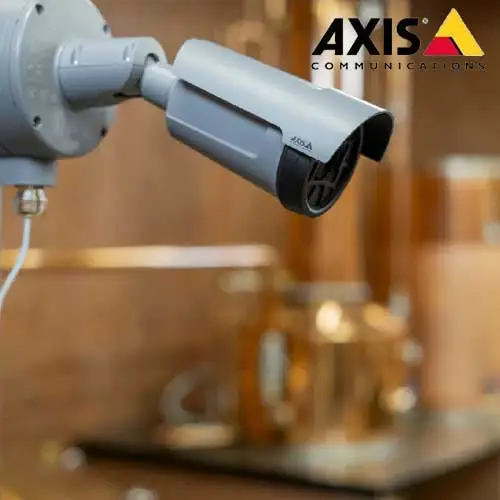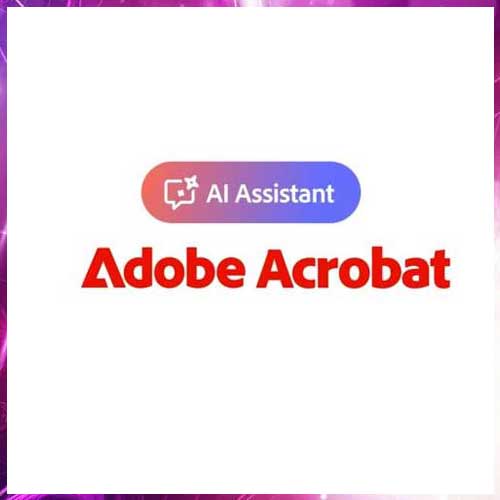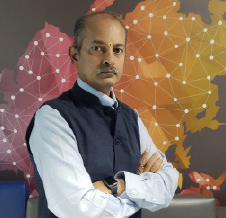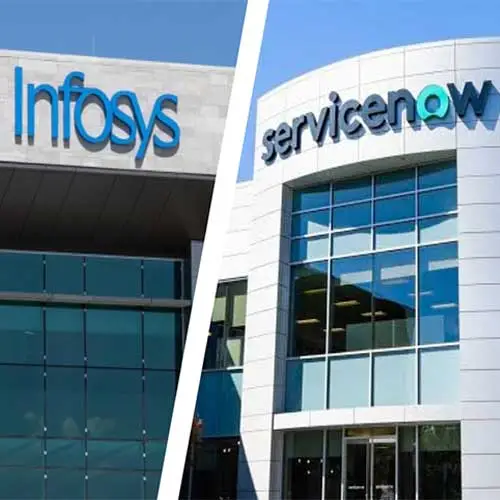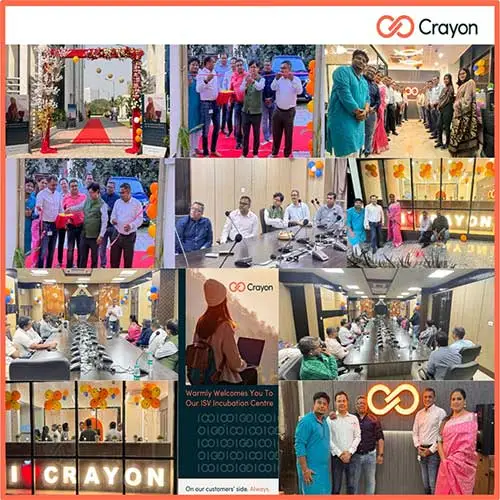Small is Beautiful

Asoke K. Laha,
President & MD,
Interra Information Technologies
Small is beautiful – at least that is what we have been told. Is that concept changing? There are a few who believe “micro” is the passionate coinage that has the emotional and practical value than small. The evolution of the word “start-up”, which is more appealing and saleable to the youngsters, is seemingly relegating both words. I often wonder why the word start-up has caught the imagination of people across geographies. Does it mean that start-up is a universal lingo? Till the time I am proved otherwise, I fastidiously hold on to that view.
Understandably, the semantics of the word start-up is irrelevant, but let me attempt to define the word start-up. To me, it is an equivalent of micro but with a high component of and access on technology, knowledge and innovation. The word conveys the beginning of something, the germination of idea to do something not based on conventional thinking and mould but something new, path-breaking and technologically savvy act. Does it mean disruption? Many consider even now start-up is something to do with information technology.
The new jargon that I am hearing in meetings and profusely invoked in discourses of management subjects is OLA and Uber model. These are platforms that are run on Internet (Internet of Things, to be more precise) to make available many services at the doorstep, affordable and qualitatively superior.
Now this model is sweeping every segment of the service industry. There are WhatsApp groups for providing vegetables and other groceries at the doorstep, extending household services and even extending supplying your choicest food materials at the doorstep.
Now OLA and Uber model is set to conquer not only all modes of transport, but also other spheres of business. These developments are creating gainful employment all across. For instance, look at the number of cars with a car aggregator like Uber. In India, they have operations in major cities and even in smaller towns. The first layer of employment creation is at the level of drivers. Car owners are encouraged to pool them, subject to certain terms and conditions. Drivers also can come forward to pool their cars along with their services under a contract, which stipulates their responsibilities, payoffs and commissions available to the aggregator, etc. There are cases when a car owner joins the aggregator’s pool during his spare time and earn some money as an additional income. There are also instances when a laid-off IT worker in Bangalore or Hyderabad pools his car and services to the aggregator for making good of his lean income period. If one adds up such situations of service aggregations, it is easy to find out the enormous number of jobs this model can create.
Internet companies like Google and Yahoo have created strong platforms that can be availed by business houses to reach out to their clientele on a personalized basis. I am told a number of Indian portals are working round the clock to develop apps that can radicalize the way in which the small and medium industries can source raw materials collectively at a cheaper rate. In the process, they are creating interactive customized platforms for helping their SME clientele using applications based on Artificial Intelligence, Cloud Computing, and Internet of Things.
However, to move in the value chain, we have to evolve platforms that are more relevant to the Indian conditions. There lies the ingenuity of Indian professionals. With the type of importance given to incubators and other facilities extended to research and development, we have to come up with newer and sleeker technologies and concepts that can redefine our capabilities and maintain the headstart in many avenues.
I feel that the survey should focus on segments like start-ups, micro, small and medium. Even within each subgroup, there can be segregation of brick mortar, technology, IT, knowledge-based industries, etc. That way, the survey will be able to do justice to each segment since their problems and prospects vary from each other. Theoretically, we have placed strong focus on small. How does it get implemented is another issue? Happily, according the recent disclosure by the World Bank, India has moved 30 notches in the pecking order as far as ease-of-doing business is concerned. We have to build on these achievements to move in the value chain. At this rate, India can climb at least 20 points above the performance of each preceding year. That will also augur well for the small companies since getting licences and sanctions is the most annoying irritant that they face.
Yet, the real test is not climbing the ladder, but to ensure an ecosystem for industries of all hues and sizes to operate successfully and grow.
What are the areas that these small companies are looking forward to have improvements? First and foremost is procuring the licences. Some of them, particularly the start-ups and micro units, may not need any licences to begin with unless they are in certain categories, where there are stipulations to seek licences. But a large number of small and medium companies need licences or clearances from the authorities, particularly from the environment departments, which are normally time-consuming and most often cumbersome. Secondly, for getting power connections, in some states, the process is laborious and dilatory. Getting water connections is also a major hurdle in most of the states. Finance is a major concern for all units, particularly for the brick-and- mortar industries, which need relatively large investments. Marketing is yet another area that cripples most of the small units. Tax-related issues are another area that hampers the growth of small companies.
What lies ahead for the small sector? There is a strong political will to promote small industries cutting across party spectrum. Is that they are using small units only for propaganda or nobody has clearly diagnosed as yet, as to what plagues this segment? Or, is there any resistance on the part of small units to move in the value chain. That is also a moot point to ponder, having regard to the fact that vertical movement of small units to medium and large units seldom takes place. The long and short of it is that we have miles to go for translating rhetoric into achievable landmarks. Could we do that in the near future? I cannot vouch for that. But I am reasonably sure that the India’s march towards an industrially strong nation very much depends on that milestone.
See What’s Next in Tech With the Fast Forward Newsletter
Tweets From @varindiamag
Nothing to see here - yet
When they Tweet, their Tweets will show up here.







